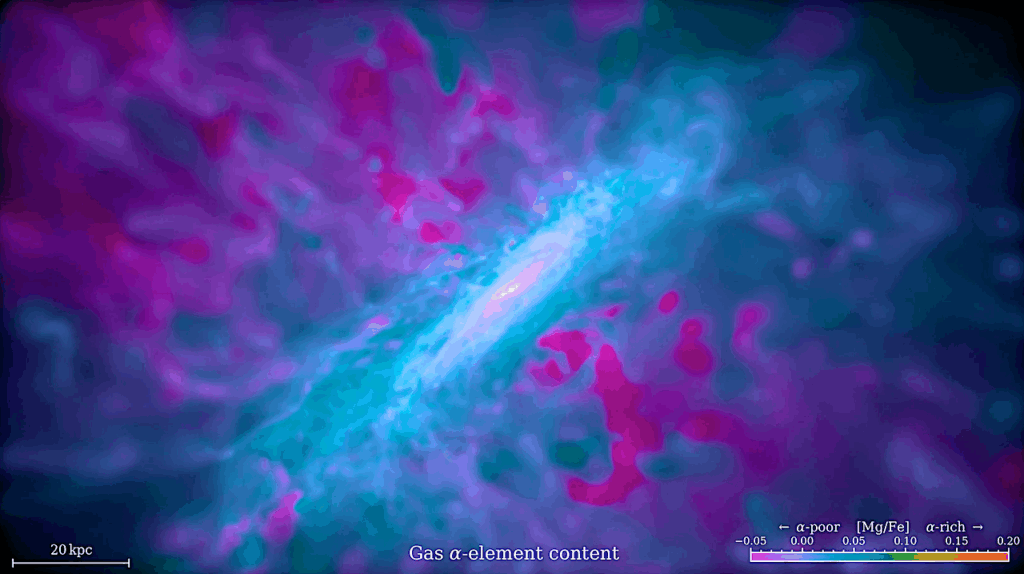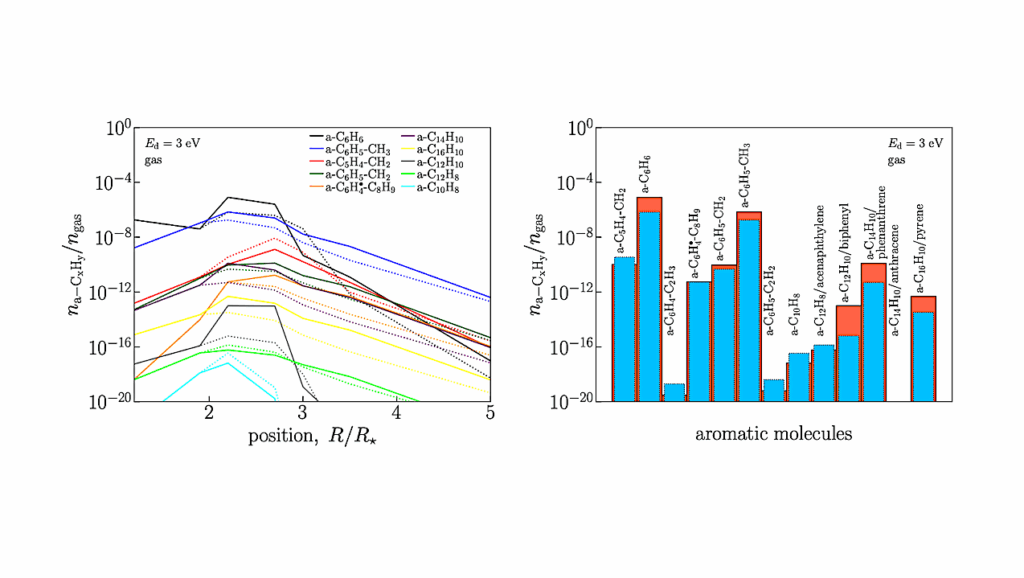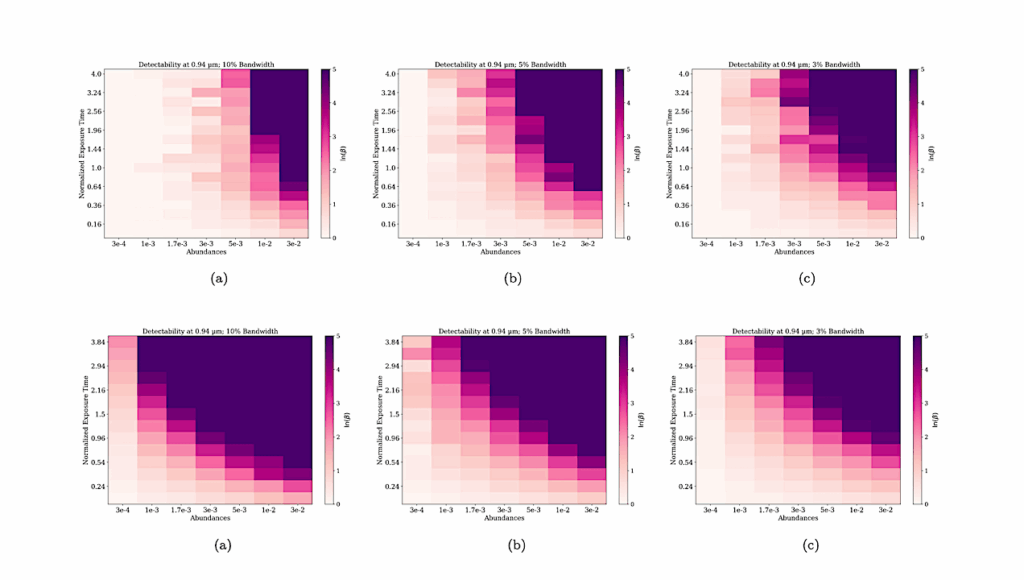Photosynthesis Under a Red Sun: Predicting The Absorption Characteristics Of An Extraterrestrial light-harvesting Antenna
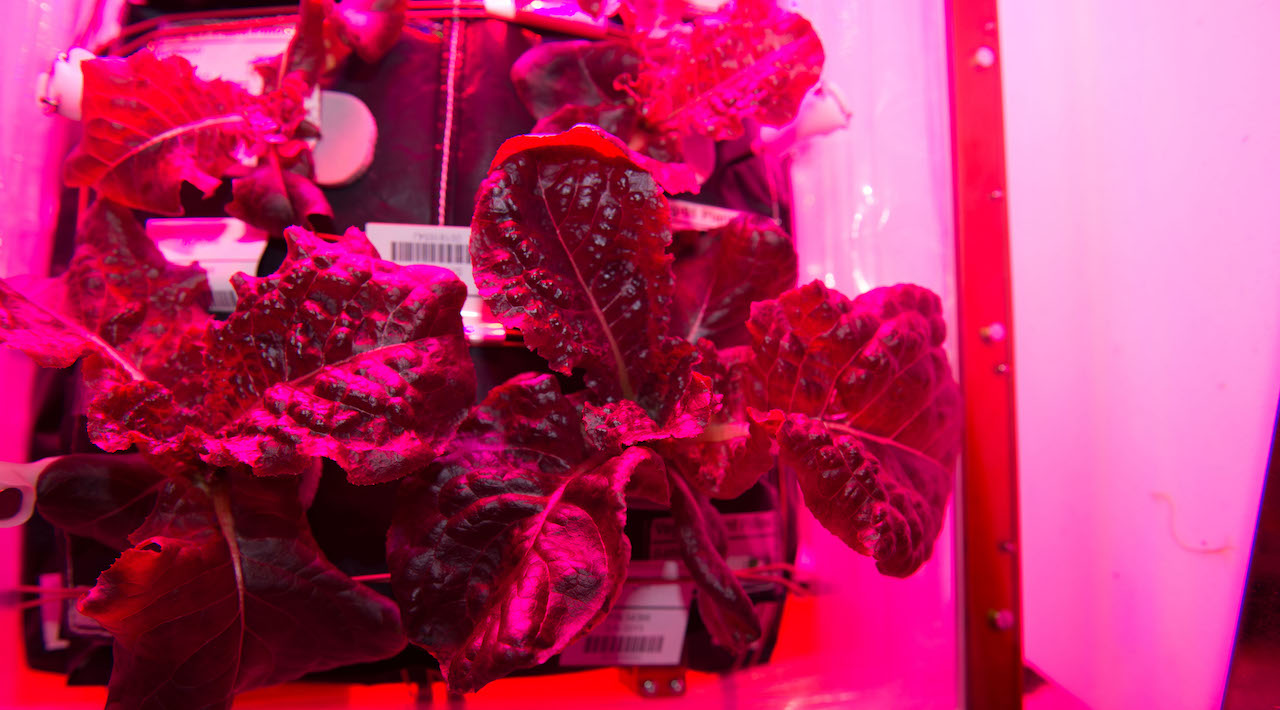
Here we discuss the feasibility of photosynthesis on Earth-like rocky planets in close orbit around ultra-cool red dwarf stars.
Stars of this type have very limited emission in the photosynthetically active region of the spectrum (400−700 nm), suggesting that they may not be able to support oxygenic photosynthesis. However, photoautotrophs on Earth frequently exploit very dim environments with the aid of highly structured and extremely efficient antenna systems.
Moreover, the anoxygenic photosynthetic bacteria, which do not need to oxidize water to source electrons, can exploit far red and near infrared light. Here we apply a simple model of a photosynthetic antenna to a range of model stellar spectra, ranging from ultra-cool (2300 K) to Sun-like (5800 K). We assume that a photosynthetic organism will evolve an antenna that maximizes the rate of energy input while also minimizing fluctuations. The latter is the ‘noise cancelling’ principle recently reported by Arp et al. 2020. Applied to the Solar spectrum this predicts optimal antenna configurations in agreement with the chlorophyll Soret absorption bands.
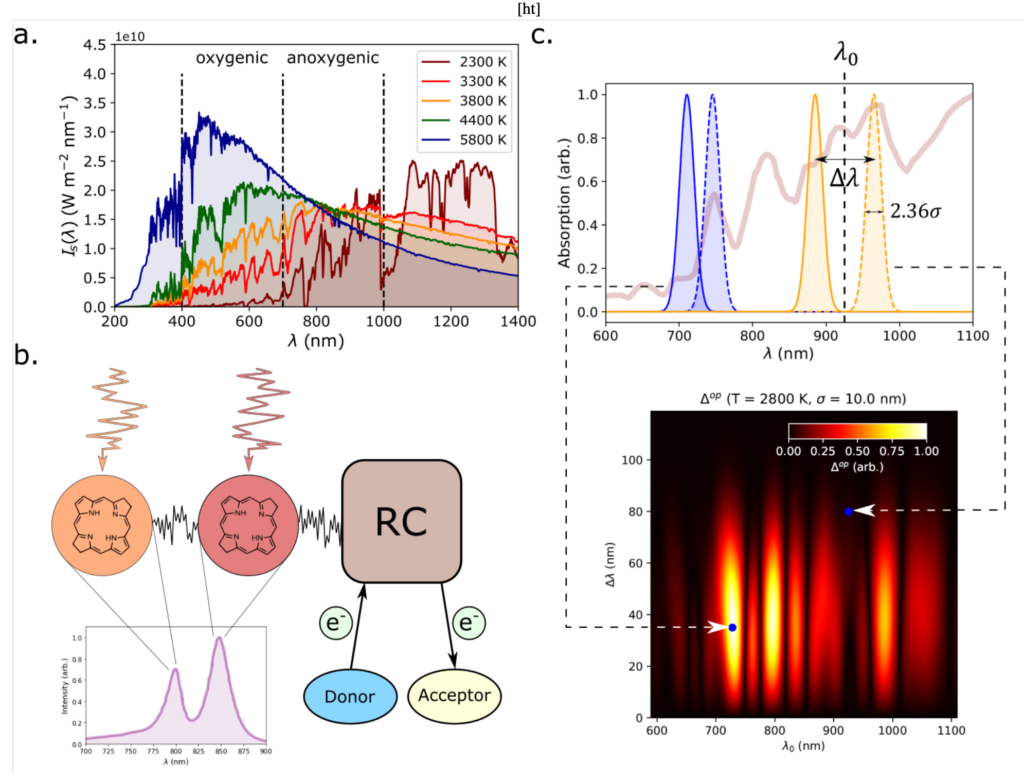
Applied to cooler stars, the optimal antenna peaks become redder with decreasing stellar temperature, crossing to the typical wavelength ranges associated with anoxygenic photoautotrophs at ∼3300 K. Lastly, we compare the relative input power delivered by antennae of equivalent size around different stars and find that the predicted variation is within the same order of magnitude. We conclude that low-mass stars do not automatically present light-limiting conditions for photosynthesis but they may select for anoxygenic organisms.
Christopher D. P. Duffy, Gregoire Canchon, Thomas J. Haworth, Edward Gillen, Samir Chitnavis, Conrad W. Mullineaux
Comments: Resubmitted to MNRAS
Subjects: Earth and Planetary Astrophysics (astro-ph.EP); Solar and Stellar Astrophysics (astro-ph.SR); Biological Physics (physics.bio-ph)
Cite as: arXiv:2305.02067 [astro-ph.EP] (or arXiv:2305.02067v1 [astro-ph.EP] for this version)
Submission history
From: Christopher Duffy
[v1] Wed, 3 May 2023 12:17:27 UTC (1,400 KB)
https://arxiv.org/abs/2305.02067
Astrobiology



